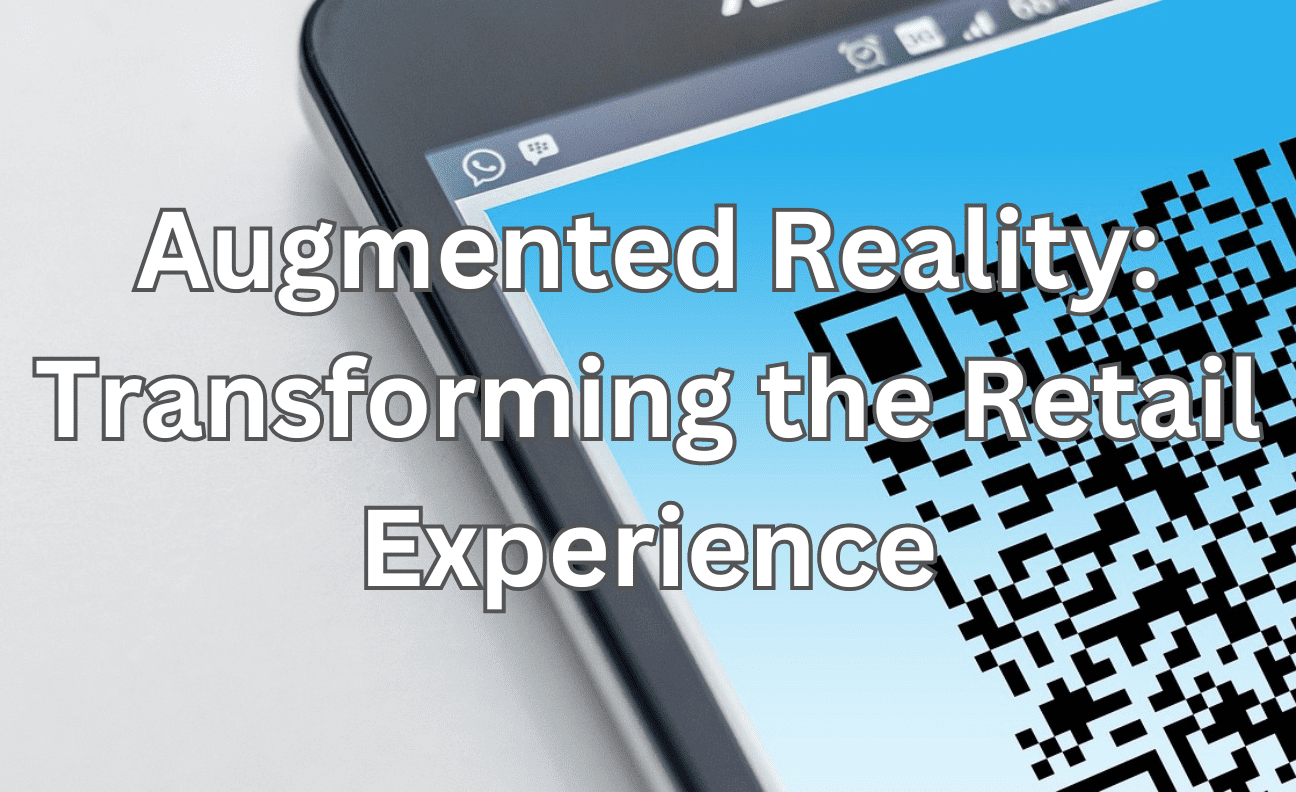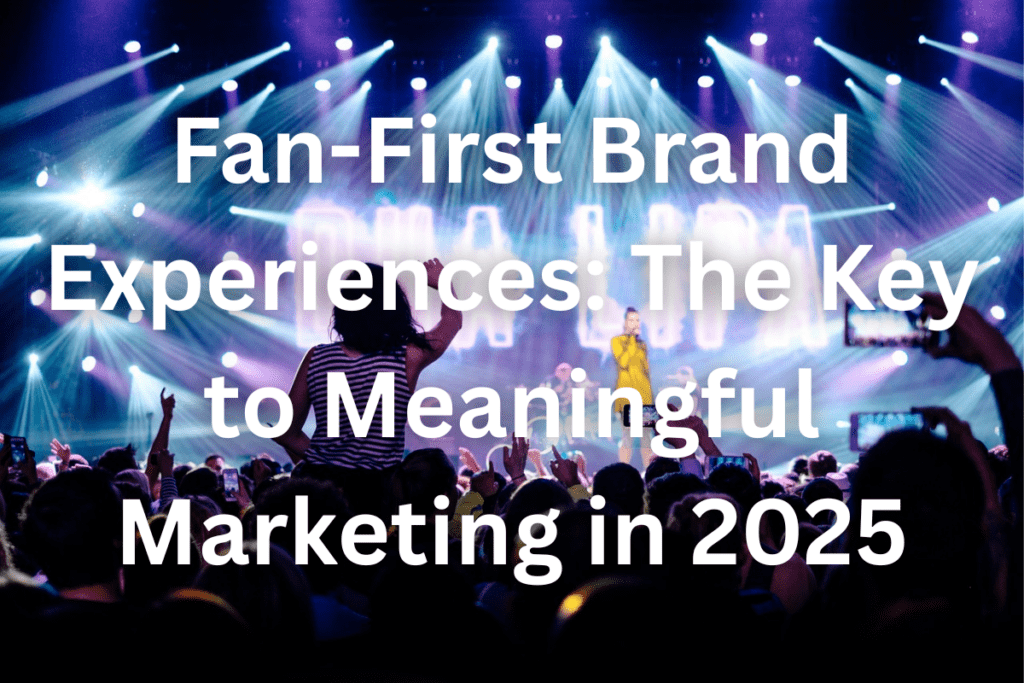Companies, like Jones Soda, are pioneering the integration of augmented reality (AR) into their packaging to engage and educate shoppers.
In a world where static products on store shelves can be overlooked, AR offers an innovative solution to captivate consumers’ attention. Research indicates that these phone-based visual experiences can drive sales, especially for smaller brands targeting niche audiences.
The AR experience can be triggered with a simple design change, such as adding a QR code and an explanatory prompt, transforming ordinary packaging into an interactive adventure.
The Rise of Augmented Reality in Marketing
Augmented reality, which blends real-life and digital elements, entered the advertising space in the early 2000s. Unlike virtual reality, which creates entirely immersive environments, AR allows users to see digital overlays within their actual surroundings.
This combination of “real” and “artificial” is crucial for AR campaigns, as seen with Seattle-based craft soda maker Jones Soda Co.
Jones Soda’s director of brand marketing highlights the company’s unique packaging, featuring customer-submitted photos on each bottle. Their Reel Labels program enhances this by prompting shoppers to scan a QR code, revealing a customer-submitted video overlaid on the bottle’s label.
This shift from requiring a separate app to leveraging embedded smartphone QR sensors has made the experience more accessible and engaging for users.
What’s more, the director also noted that the pandemic accelerated QR code adoption, making consumers more comfortable with scanning these codes to gain additional product information.
Innovations in AR Packaging
AR packaging can be as simple as adding a QR code and a prompt. Rose Digital‘s founder and president notes the extensive innovation in this space, emphasising that packaging materials and designs influence AR interactions.
For instance, Jack Daniels‘ AR campaign used the label as a gateway to a 3D pop-up book, showcasing the brand’s history. Users could explore animated scenes of Lynchburg, Tennessee, the 1904 World’s Fair, and other significant moments in the distillery’s past.
This immersive storytelling approach provided a richer brand experience than the label alone could offer.
Similarly, Moët Hennessy‘s “virtual concierge” guided users through personalised wine or liquor recommendations based on their dining or ambiance preferences. Designed by Rose Digital, this AR campaign involved a virtual brand representative who interacted with users, making tailored suggestions that enhanced the shopping experience.
Chobani‘s first AR campaign, launched in fall 2023, offered an interactive “trick or treat” experience via QR codes on Halloween-themed yoghurt multipacks.
This browser-based solution ensured broad accessibility without the need for a dedicated app, enhancing user engagement with themed cartoons and digital treats, like colouring books, and physical merchandise, such as keychains.
Boo! Our Chobani Flip Greek Yogurts are “dressing up” this #Halloween. Love them? Collect them all. And scan the QR code for a treat. 👻✨
— Chobani (@Chobani) September 12, 2023
NO PURCHASE NECESSARY VOID WHERE PROHIBITED. Visit through 11/1/23 or while treats last. Details at https://t.co/dcMizKpvCn pic.twitter.com/vDcW8PKK3r
Challenges and Considerations
Successful AR integration depends on packaging design. Reflective or crinkly materials, like metallic potato chip bags, can interfere with camera recognition, leading to unreliable visuals.
Flat, contrast-rich surfaces are ideal for AR experiences. Off-product visuals may be better for products lacking suitable packaging or those not designed for unboxing experiences. For example, refrigerated items like beer cans might face issues with condensation, affecting the camera’s ability to detect and render AR content reliably.
Two fundamental routes have emerged for brands to pursue AR with packaging: AR that requires users to keep their camera focused on the packaging for the visuals to work, or versions that operate in a different field of vision that the camera sees.
An AR experience revolving around the packaging itself requires a real-world start. Labels, materials, and other product design aspects determine how well a package hosts an AR experience.
Furthermore, the camera only sees in black and white, so it needs enough contrast and distinct shapes to recognise the package and pull up the specific visuals software engineers tied to the package.
The Future of AR in Retail
Brands like Chobani and Jones Soda are exploring more AR campaigns as technology evolves. The potential for AR could expand to include wearable devices like AR glasses, making the experiences even more immersive.
Rose Digital points out that even companies with longstanding labels can adapt AR to enhance their products. The future might see more brands leveraging AR not only for engaging visuals but also for providing educational content, personalised recommendations, and interactive games that foster customer loyalty.
As AR technology continues to advance, it offers exciting opportunities for brands to connect with consumers in new and meaningful ways. By transforming ordinary packaging into interactive experiences, AR is set to revolutionise the retail landscape, creating a dynamic bridge between the digital and physical worlds.
In conclusion
Augmented reality is revolutionising the retail experience by transforming how shoppers interact with products. By integrating AR into packaging, brands can create dynamic, engaging, and informative experiences that go beyond traditional marketing.
As technology advances, the possibilities for AR in retail will continue to grow, offering exciting opportunities for brands and consumers alike.









